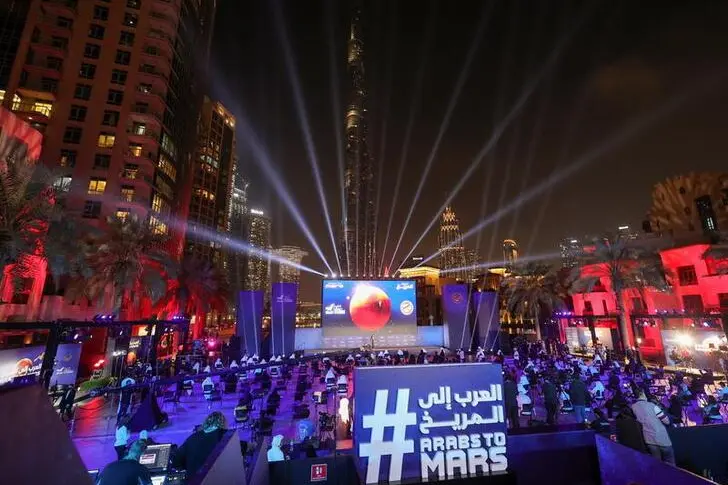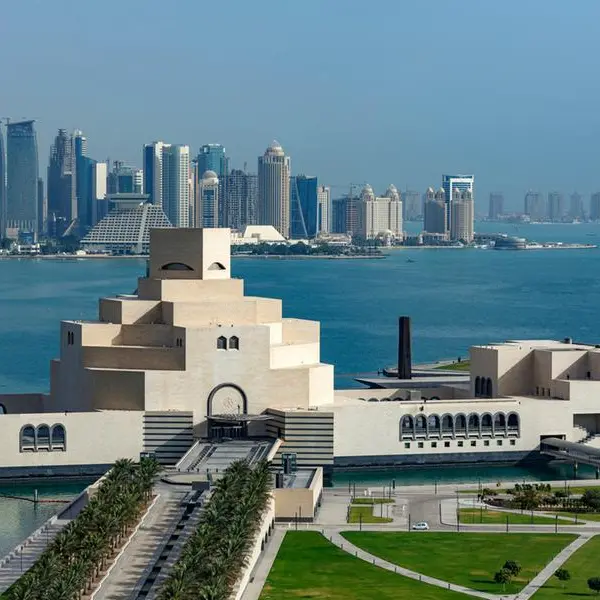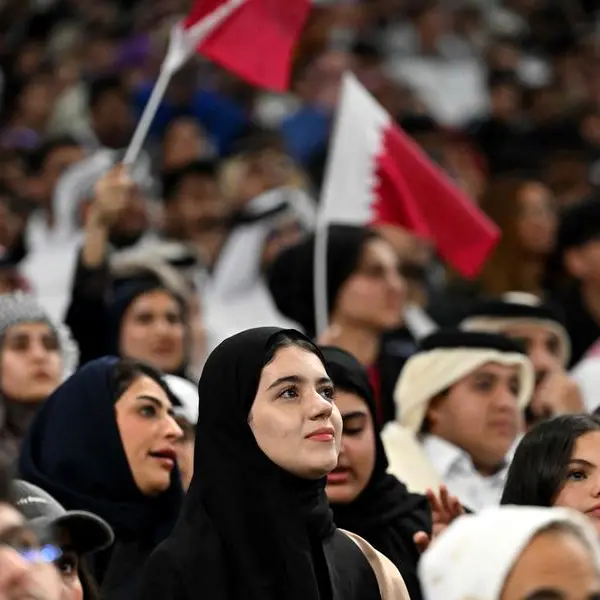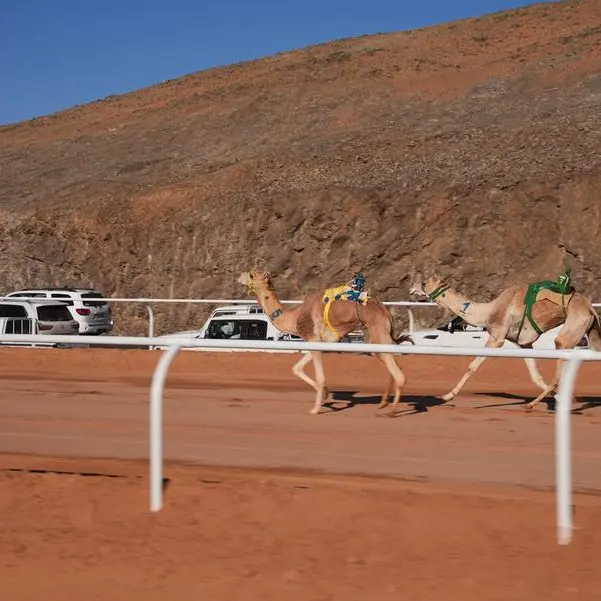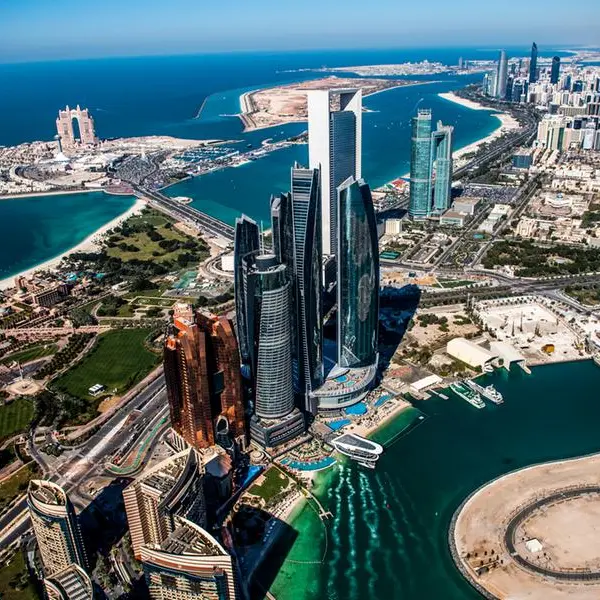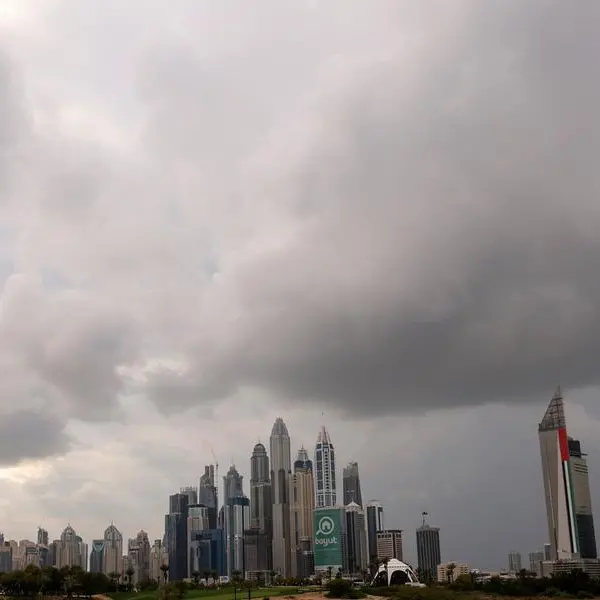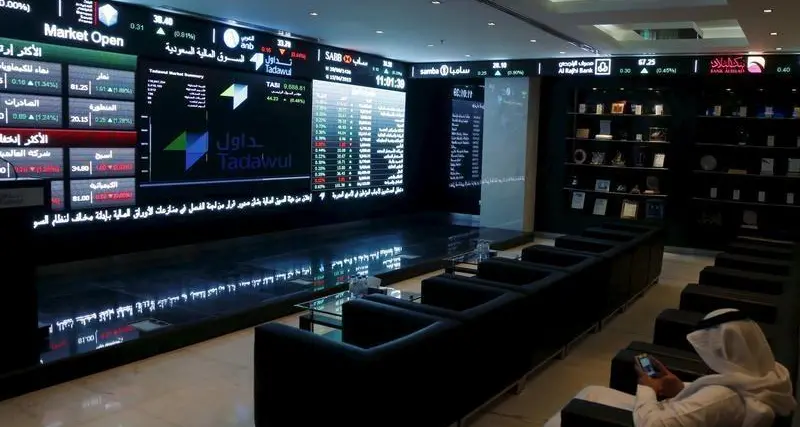PHOTO
On Tuesday, landmarks across the Arab world, including Dubai’s Burj Khalifa, the tallest tower on Earth, glowed red to mark the probe’s arrival at Mars.
Seven months after its launch from Japan’s Tanegashima Space Center, the probe completed its 495 million kilometer voyage and settled into orbit around the planet in a triumph for the Arab world’s first interplanetary mission.
Ground controllers at the Mohammed bin Rashid Space Center (MBRSC) in Dubai rose to their feet and applauded when news broke that the Hope probe had begun circling the Red Planet, where it will gather data on the Martian atmosphere.
Omran Sharaf, project manager of the Emirates Mars Mission, announced: “To the people of UAE and to the peoples of Islamic and Arab nations, we announce the success of the United Arab Emirates in (reaching) the orbit of the Red Planet. We thank God.”
The craft swung into a high Martian orbit, joining six spacecraft already operating around the planet — three US, two European and one Indian. Mission controllers had to pull off a series of delicate turns and power adjustments to maneuver the probe into position.
“Anything goes even slightly wrong and you lose the spacecraft,” said Sarah Al-Amiri, minister of state for advanced technology and the chair of the UAE’s space agency.
She described the mission’s success as “a historic development and a fulfilment for the dreams of 200 engineers and scientists” who worked behind the scenes.
The Hope’s arrival puts the UAE in a league of just five space agencies in history that have pulled off a functioning Mars mission. Two more unmanned spacecraft from the US and China are following close behind, set to arrive at the planet in the next several days.
All three missions were launched in July last year to take advantage of the close alignment of Earth and Mars.
In a congratulatory tweet on Tuesday addressed to the Emiratis, Thomas Zurbuchen, NASA’s science mission chief, said: “Your bold endeavor to explore the Red Planet will inspire many others to reach for the stars. We hope to join you at Mars soon with Perseverance.”
Speaking to Arab News, Salem Al-Marri, assistant director general for scientific and technical affairs at the Mohammed bin Rashid Space Center, said: “The (completion of the Mars orbit insertion) means a lot: Within 15 years, building capabilities at the center to be able to build satellites, launch astronauts and build a mission like this to Mars.
“The first thing that it means to the country and to us is that we have the capability to build such technologies. Number two is that now we have a mission that has a global impact. Its importance is on a global level, so the data that we’re going to get from this mission is going to benefit everybody studying the Martian atmosphere who wants to understand the planet better.
“I think a mission such as this means a lot everybody.”
Earlier, Hessa Al-Matrooshi, science lead of Data Analysis and Management of EMM at the space center, had said: “There are many similarities between Earth and how Mars was about 2 billion years ago. Data has shown traces of water on the Red Planet 2 billion years ago. We believe it had a very thick atmosphere, it had water and liquid state.
“If you look at Mars now, a lot has happened. It has a very thin atmosphere and you don’t find traces of water unless it’s water vapor and ice. The question is why the drastic transformation happened. Through this, we can understand factors taking place on Earth that can lead to similar results, thus preventing it.”
The Hope probe was assembled at Boulder, Colorado, before being sent to Japan for launch aboard a Mitsubishi Heavy Industries H2A rocket.
The $200 million cost of the mission is considered among the lowest in the world when compared with similar programs, Mohammad Al-Gergawi, the UAE minister for cabinet affairs, said in a tweet last year.
However, the price tag excludes operating costs at Mars. The Chinese and US expeditions are considerably more complicated — and expensive — because of their rover exploration devices. NASA’s Perseverance mission has a likely cost of $3 billion.
Nevertheless, the success of the mission represents a tremendous boost to the UAE’s space ambitions. It follows decades of preparations and work to achieve a grand vision set out in the 1970s by the UAE’s founder, the late Sheikh Zayed bin Sultan Al-Nayhan. His interest in space was triggered by a meeting in 1976 with NASA astronauts who had flown a number of Apollo missions to the Moon.
US President Richard Nixon had presented Sheikh Zayed with a gift of a lunar rock collected from the Taurus-Littrow Valley during the 1972 Apollo 17 mission. Soon after, Sheikh Zayed sent a clear message to his people, and the world, that Emirati ambitions for space exploration would know no bounds. So began the country’s journey into space.
In 2006, the UAE began collaborating closely with universities and space agencies around the world to establish knowledge-transfer programs, with the goal of one day sending a spacecraft to Mars. However, it was not until the UAE Space Agency was formed in 2014 that the world really began to take notice of the country’s space exploration plans.
In 2017, Emirati military pilot Hazza Al-Mansouri was one of two people selected from 4,000 applicants to join the agency’s inaugural astronaut corps. After rigorous mental and physical tests, he trained in Russia as a part of an agreement between the Mohammed bin Rashid Space Center and the Russian space agency, Roscosmos.
The UAE’s first astronaut joined the crew of a Soyuz MS-15 spacecraft that took off on Sept. 25, 2019, bound for the International Space Station. Al-Mansouri’s eight-day mission ended on Oct. 2, when he landed safely in Kazakhstan, after which he proudly said that he had returned with “Sheikh Zayed’s space mission achieved.”
Looking to the future of Arab space exploration, the MBRSC’s Al-Marri said: “We have a 10-year plan already in place and we have multiple teams working on multiple missions. If I talk specifically about the next step with the Emirates Mars Mission, we will start after a couple of weeks focusing on the scientific objectives.
“But the next steps in terms of the MBRC is the other 10-year plan. The next mission we have is launching, for the first time in the history of the Arab world, a mission that will land on the Moon. So, we’ll be sending a rover, it’s called Rashid Rover. We’re building that as we speak.”
Copyright: Arab News © 2021 All rights reserved. Provided by SyndiGate Media Inc. (Syndigate.info).
